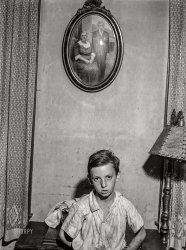
MAY CONTAIN NUTS

Search Shorpy
SHORPY ART

Framed or unframed, desk size to sofa size, printed by us in Arizona and Alabama since 2007. Explore now.
Join and Share
Ad-Free Shorpy
Shorpy is funded by you. Patreon contributors get an ad-free experience.
Learn more.

Recent comments
- Recent view
- Hudson’s Big Store
- Say what??
- Grapes?!
- A Beautiful Moment
- Such joy
- Bethune-Cookman University today...
- Yellow sky at morning
- Side Winder
- Air Quality?
- Sojourner Truth riot
- None were so blind(ed)
- The less famous sister
- Good ol' days?
- Rise and Fall
- Goo Goo Ga Joob
- Ticket Retention
- Not the only one
- Vagaries of War
- Killed by Amtrak
- Back to the Future
- Wanted --
- If you can't stand the light
- Centralized Traffic Control, I believe
- What's really happening
- Heckuva remote control!
- Sometimes — Things Go Bump!
- I SEE THE LIGHT
- Union Switch and Signal Company
- Get That Light Out Of My Eyes
Member Photos
The Shorpy
Print Emporium
Print Emporium
Search Shorpy
Search results -- 30 results per page
- Call of Duty: 1941
- ... near Phenix City, Alabama." Medium format negative by Jack Delano. View full size.
No Flippers til 1947 The lack of flippers ... Posted by Dave - 11/13/2018 - 10:57am -
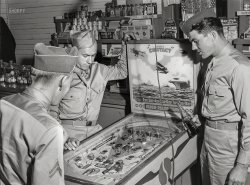
- Red, White & Blue: 1942
- ... 1942. View full size. 4x5 Kodachrome transparency by Jack Delano.
(The Gallery, Kodachromes, Chicago, Jack Delano, Railroads) ... Posted by Dave - 07/30/2012 - 10:02pm -
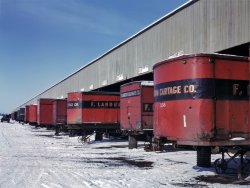
- Factory Time: 1941
- ... Massachusetts." Medium format acetate negative by Jack Delano for the Farm Security Administration. View full size.
New ... Posted by Dave - 09/28/2019 - 5:18pm -
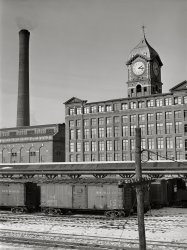
- In the Weeds: 1940
- ... Deal Island fishermen." Medium format acetate negative by Jack Delano for the Farm Security Administration. View full size.
666 Cold ... Posted by Dave - 04/01/2019 - 11:27am -
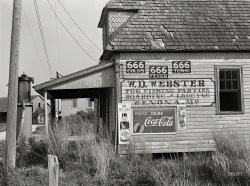
- A Stitch in Time: 1941
- ... "Seamstress in Puerto Rico." 35mm nitrate negative by Jack Delano for the Farm Security Administration. View full size.
(The ... Posted by Dave - 03/06/2019 - 11:33am -
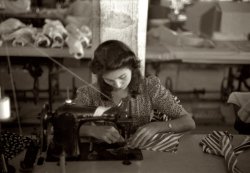
- Group Swim: 1942
- ... for these gangly lads , captured here in one of Jack Delano's artier shots for the Office of War Information. View full size.
... Posted by Dave - 05/16/2014 - 3:52pm -
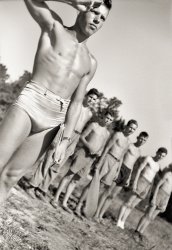
- Hay Kids: 1941
- ... children gathering hay." Medium format acetate negative by Jack Delano. View full size.
Juliette, Lee and Thomas The children of ... Posted by Dave - 04/05/2020 - 5:28pm -
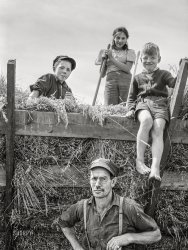
- Amarillo Yardmaster: 1943
- ... View full size. 4x5 Kodachrome transparency by Jack Delano, Office of War Information.
paperless office Notice how neat and ... Posted by Dave - 08/10/2012 - 4:15pm -
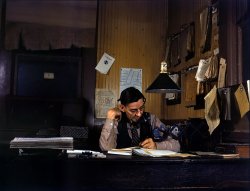
- Church Ladies: 1941
- ... district of Pittsburgh, Pennsylvania." Acetate negative by Jack Delano for the Farm Security Administration. View full size.
Why ... Posted by Dave - 12/30/2018 - 12:08pm -
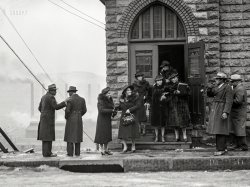
- Some Assembly Required: 1942
- ... boy putting an airplane together during WW2. Photo by Jack Delano for the Office of War Information. View full size.
Missing his ... Posted by Dave - 05/08/2014 - 12:32pm -
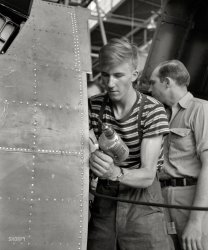
- Upper Chunkers: 1940
- ... Mauch Chunk, Pennsylvania." Medium-format negative by Jack Delano for the Resettlement Administration. View full size.
... Posted by Dave - 07/03/2017 - 1:58pm -
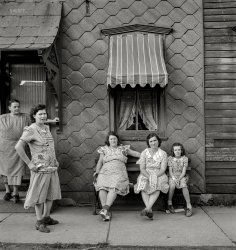
- Carbon County: 1940
- ... town in the Lehigh Valley." Medium format negative by Jack Delano for the Farm Security Administration. View full size.
Go Play in ... Posted by Dave - 11/19/2018 - 10:26am -
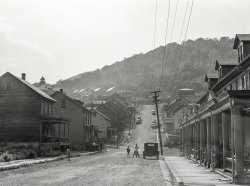
- Proviso Yard: 1943
- ... Western RR's Proviso yard." 4x5 Kodachrome transparency by Jack Delano for the Office of War Information. View full size.
And Then ... Posted by Dave - 11/17/2012 - 12:29am -
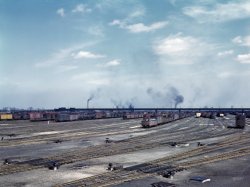
- Traffic Circle: 1941
- ... Falls, Vermont." Left turn only. 35mm nitrate negative by Jack Delano. View full size.
Off-road carnival ride One evening in the ... Posted by Dave - 11/04/2012 - 7:04pm -
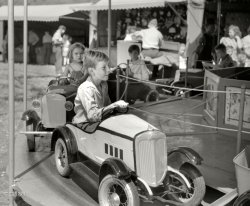
- Coal, Water, Sand: 1942
- ... before going out on the road." Medium-format negative by Jack Delano for the Office of War Information. View full size.
Yes, sand! ... Posted by Dave - 12/30/2013 - 12:29pm -
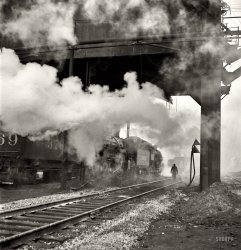
- Leaf Smoke: 1940
- ... View full size. 35mm Kodachrome transparency by Jack Delano.
The Sweet Smell of Fall I remember when everyone used to do ... Posted by Dave - 12/28/2007 - 10:04pm -
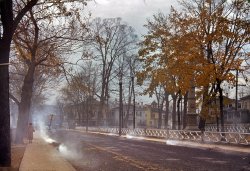
- The Pup Pack: 1941
- ... farm near Fairfield, Vermont." Medium format negative by Jack Delano. View full size.
Wall covering Is that Linoleum over plaster? ... Posted by Dave - 01/10/2019 - 3:30pm -
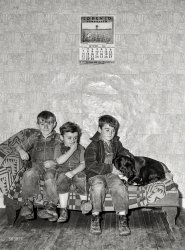
- Boys of Steel: 1941
- ... in Midland, Pennsylvania." Medium format negative by Jack Delano. View full size.
In Hiding I'm just waiting for Scut Farkus ... Posted by Dave - 12/20/2018 - 10:00am -
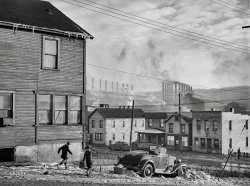
- Henrietta: 1943
- ... handed up a message." Medium-format nitrate negative by Jack Delano for the Office of War Information. View full size.
Someone had ... Posted by Dave - 06/04/2009 - 11:10am -
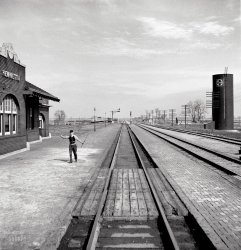
- Dynasty: 1942
- ... people live in the same house." Medium format negative by Jack Delano. View full size.
Starkers Each one of these ten people (five ... Posted by Dave - 03/29/2019 - 10:38am -
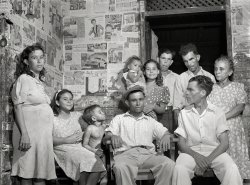
- Red All Over: 1942
- ... Saunders and his band at the Club DeLisa." Photographer Jack Delano swaps the train pictures for a taste of cafe society. Med. format ... Posted by Dave - 05/05/2013 - 6:52am -
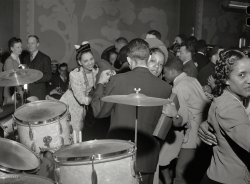
- Coke Break: 1941
- ... in a cafe in Childersburg, Alabama." Acetate negative by Jack Delano. View full size.
Guy on the right Eating the ice cream cone. ... Posted by Dave - 02/05/2019 - 1:45pm -
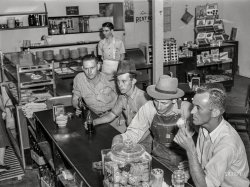
- Mrs. Henry Dukes: 1941
- ... Heard County, Georgia." Medium format acetate negative by Jack Delano for the Farm Security Administration. View full size.
Hope ... Posted by Dave - 11/05/2019 - 7:30pm -
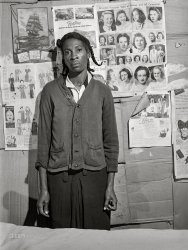
- The Home Team: 1941
- ... Heard County, Georgia." Medium format negative by Jack Delano for the Farm Security Administration. View full size.
Red Headed ... Posted by Dave - 02/10/2019 - 6:35pm -
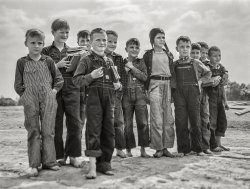
- Basting the Bird: 1940
- ... from Shorpy! Medium format acetate negative by Jack Delano for the Farm Security Administration. View full size.
Happy ... but that required constant diligence.
(The Gallery, Jack Delano, Kitchens etc., Thanksgiving) ... Posted by Dave - 11/26/2020 - 11:42pm -
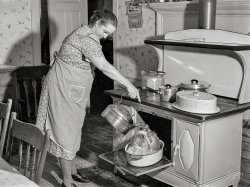
- Everyman: 1940
- ... near Durham, North Carolina. 35mm nitrate negative by Jack Delano. View full size.
No Droopy Drawers Couldn't help but notice ... Posted by Dave - 09/21/2009 - 10:02pm -
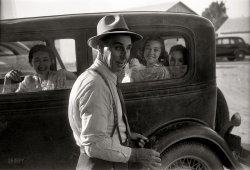
- Santa Fe: 1943
- ... and Santa Fe yards." Medium-format nitrate negative by Jack Delano for the Office of War Information. View full size.
On the ... Posted by Dave - 08/26/2010 - 7:30pm -
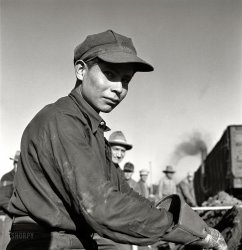
- County Ordinary: 1941
- ... office in Greensboro, Georgia." Medium format negative by Jack Delano for the Resettlement Administration. View full size.
Correctly ... Posted by Dave - 11/29/2019 - 6:27pm -
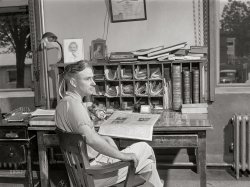
- Orders Neatly Boxed: 1940
- ... in Jewett City, Connecticut." 35mm nitrate negative by Jack Delano. View full size.
Fish & Chips in Newspaper When I lived ... Posted by Dave - 12/26/2012 - 9:39pm -
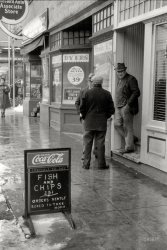
- Portraits: 1941
- ... FSA client of Dummerston, Vermont." Acetate negative by Jack Delano for the Farm Security Administration. View full size.
The Lynch ... Posted by Dave - 04/11/2020 - 4:14pm -
